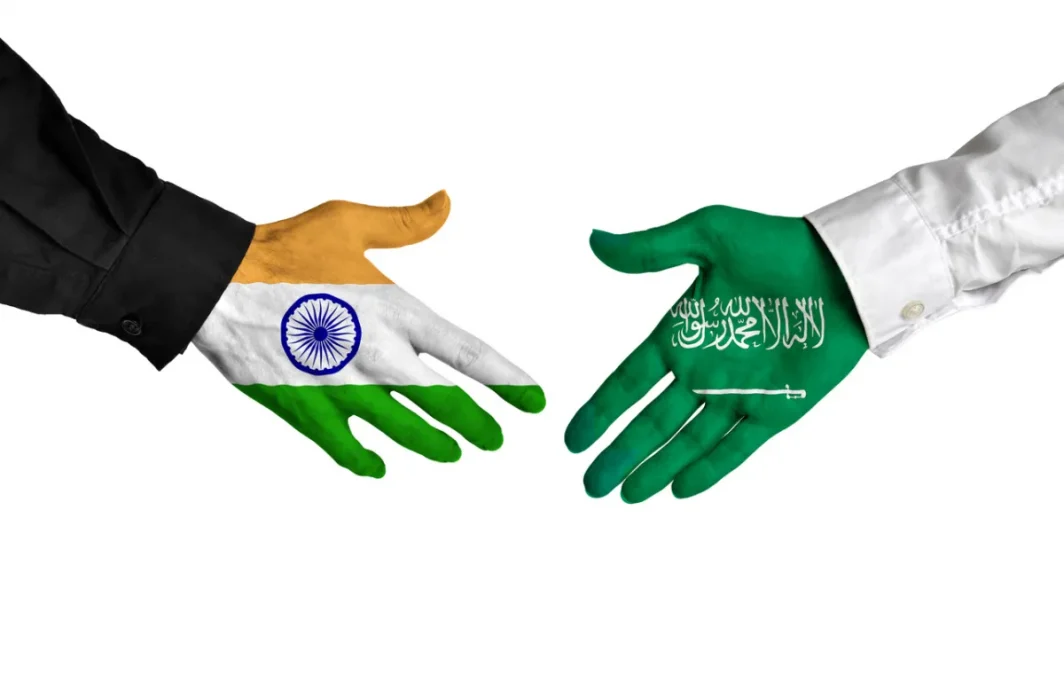Journey to Hejaz to Close the Silk Road
Middle East Railway Project
According to Iran Gate, the United States, Saudi Arabia, and India are pursuing the establishment of a railway and maritime network as an alternative to China’s Silk Road.
Based on a report from Axios newspaper, quoting informed sources, Jake Sullivan, the National Security Advisor to the U.S. President, met with his Saudi and Indian counterparts. In this meeting, they discussed a project to create a railway and maritime network connecting the Middle East and Asia.
On Sunday, May 7, the United States, Saudi Arabia, and India exchanged views on a project to connect the Persian Gulf and Arab countries to India through the construction of a new railway and maritime network. This project is one of the key initiatives the White House aims to advance in the Middle East as China’s influence in the region increases.
According to the Axios report, one of the main topics of Jake Sullivan’s discussions with Saudi officials was requesting their participation in the project to build this transnational railway among the Arab Gulf countries and the U.S.’s regional allies. The goal is for this railway network to connect to Indian ports through regional ports.
According to the planned itinerary, Jake Sullivan met with Crown Prince Mohammed bin Salman of Saudi Arabia and several other Saudi officials during this trip. They discussed the current relations between Washington and Riyadh and the possibility of normalizing Saudi Arabia’s relations with Israel.
According to a claim made by Axios, this plan is actually organized to counter the increasing influence of China in the Middle East, an influence that began with the launch of China’s Belt and Road Initiative, known as the Silk Road. Axios reports that the idea of establishing strategic infrastructure in the Middle East emerged from meetings held over the past 18 months in a forum called I2U2.
I2U2 is a group consisting of India, Israel, the United Arab Emirates, and the United States. The first joint statement of this group, published on July 14, 2022, announced that these countries intend to collaborate on joint investments and new initiatives in water, energy, transportation, space, health, and food security. The main collaboration of I2U2 focuses on economic growth and increased trade, in contrast to Quad, which is based on defense and security.
Israel proposed the idea of connecting the region through a railway at the I2U2 meetings last year. A former Israeli official said that part of the idea was to utilize India’s expertise in such large infrastructure projects.
After some time, the U.S. government decided to invite Riyadh to cooperate on this project, arguing that including Saudi Arabia in this group is vital as it can ensure long-term peace and stability in West Asia.
Jake Sullivan, during a speech at the Washington Institute for Near East Policy, referred to this project and emphasized how greater integration between Asia, the Middle East, and the United States will help strengthen technology, economics, and diplomacy. He also mentioned that several projects are underway and that some exciting new steps, which they are eagerly anticipating, will occur in the coming months.
In his speech, Sullivan said that one of the pillars of the Biden administration’s strategy in the Middle East is regional integration. He further added that a more integrated and interconnected Middle East empowers our allies and partners, promotes regional peace and prosperity, and reduces the demand for American resources in the region in the long term without sacrificing our core interests or presence there.
Ultimately, it could be argued that the entire operation is actually aimed at countering Beijing’s economic and political expansion. An Israeli official, in an interview with Axios, said no one says this openly, but from day one, it has been about China.
Israel is currently not part of this initiative, but if efforts to normalize relations in the region progress, it may be added in the future.
English
View this article in English

